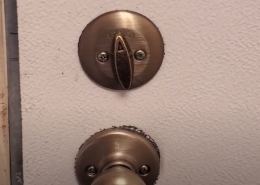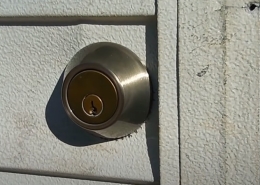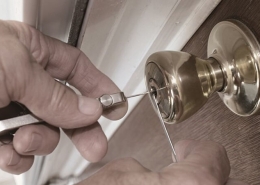What Is a Deadbolt Lock, and What Types of Deadbolt Locks?
In this article, we will explain what a deadbolt lock Is, what types of deadbolt locks and their functions to help you choose a deadbolt better.
Deadbolts are one of the most common types of locks. They work by adding a locking mechanism to the primary locking mechanism of a door. A deadbolt lock is typically a lock with a cylindrical key cylinder and a bolt that extends from the door frame into the door itself.
The main purpose of this type of lock is to provide additional security by requiring someone who wishes to enter a building or room to use both their key and their hand to unlock it.
What Is a Deadbolt Lock?
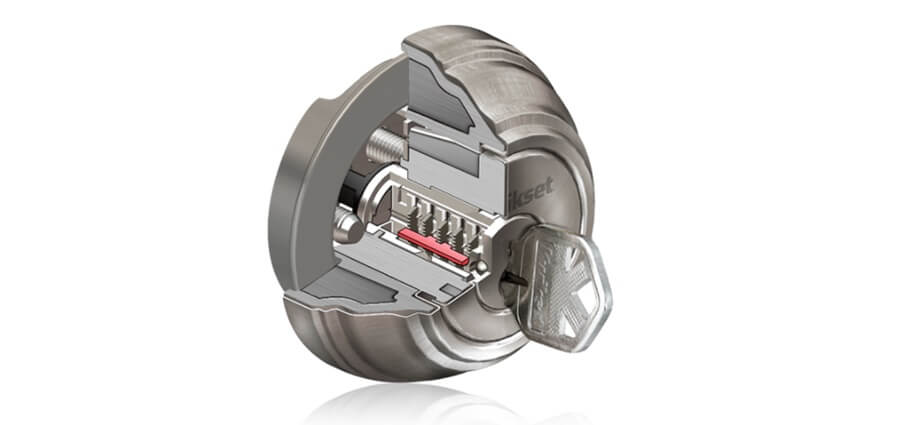
A deadbolt lock is a door-locking mechanism that uses a bolt that must be activated by a key or manually by turning the thumb on the inside of the door.
The deadbolt offers better security than spring-activated cylinders because it cannot accidentally be left unlocked and does not require much force to open.
Deadbolts are used on exterior and interior doors that lead to rooms you want to be secure, such as bedrooms or bathrooms.
How do deadbolt locks work?
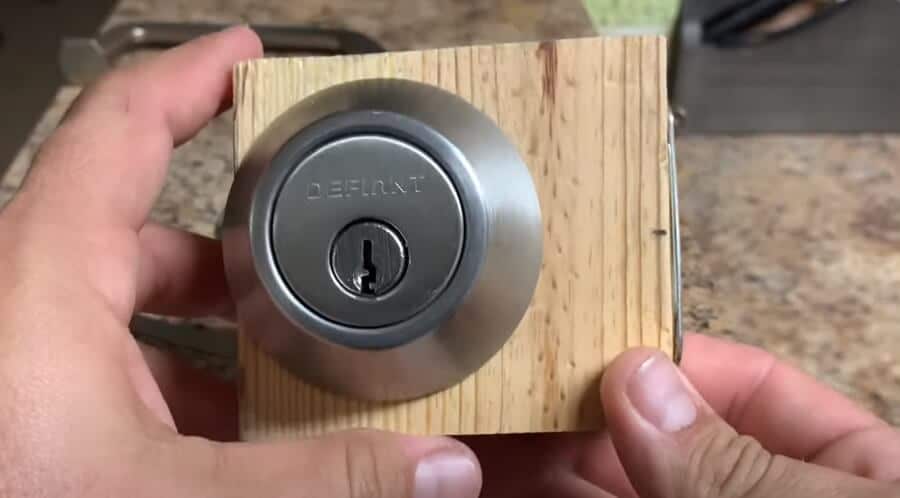
A deadbolt lock is an extra layer of protection on top of a regular doorknob lock. They use a bolt to prevent the door from opening rather than just locking the handle into place. The deadbolt can be opened by turning an outside knob and pushing it inwards, but only when power is applied. Deadbolts are typically found on exterior doors, such as front and back entrances.
Deadbolt locks operate without a spring; simply turning a key retracts or extends the bolt into the strike plate on the door frame. As they’re not spring-operated, it is much harder to be jimmied open with a crowbar or other device.
What are the different types of deadbolt locks?
The type of deadbolt lock you choose depends on your needs and preferences. There are several different types of deadbolt locks to choose from.
Here are the most common types:
Single-Cylinder Deadbolt Lock
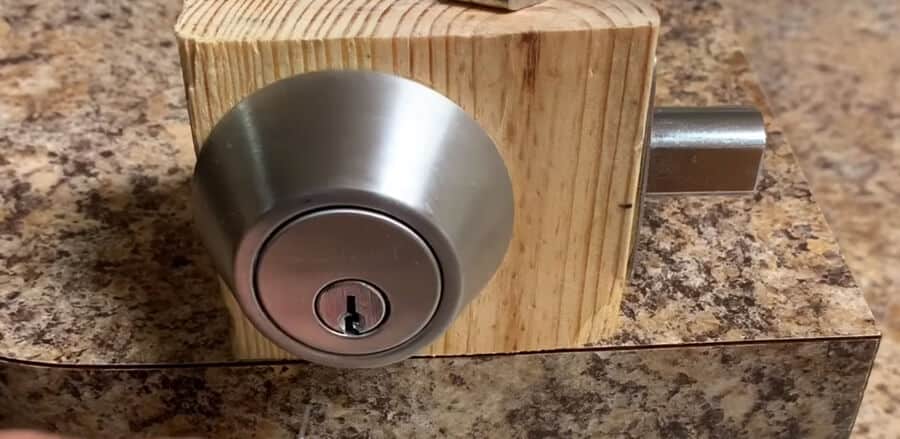
This type of lock uses a thumb turn on the inside of the door and a key on the exterior side. It’s commonly used in residential homes but can secure doors in offices or apartment buildings.
Double-Cylinder Deadbolt Lock
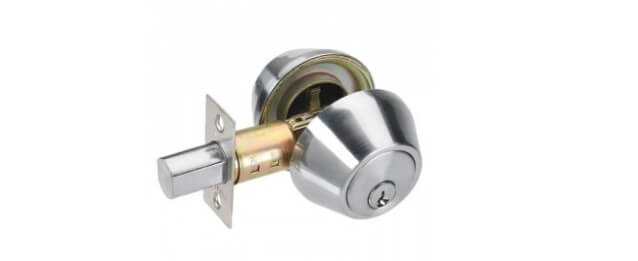
The double-cylinder deadbolt requires a key on both sides of the door. These locks have an extra bolt that provides more security for your home or business by preventing burglars from using tools to force open the door from outside after entering through another opening, like an open window or garage door opener.
This is especially important if you live where break-ins are common because thieves may try to break into several homes in one night!
Electronic Deadbolt Lock
This type of deadbolt lock uses an electric motor to turn the bolt into place. While it might seem like this would be more susceptible to damage than a manual lock (since there are more moving parts), studies show that electronic deadbolts are far more secure than their non-electric counterparts.

Electronic Deadbolt Lock offers all of the same security and durability as their mechanical counterparts but with the added benefit of being able to program a unique access code for each user who has permission to use it (such as yourself). This can be especially useful if you have roommates or family members who need access to certain areas throughout your home at different times throughout the day (or night).
For example, Kwikset Powerbolt 2, Schlage FE595, and Schlage BE365 are the most common electronic Deadbolt locks.
Vertical deadbolts
Vertical deadbolts are similar in many ways: they’re attached vertically on either side or top/bottom edges instead of horizontally placed like standard versions would have been placed. This placement offers greater protection against prying attempts since there’s less space between doors’ frames & walls when compared to these other options.
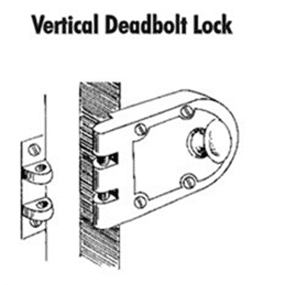
However, it doesn’t generally come with extra features such as keyless entry, so all doors must still be locked manually before entering or exiting your home (otherwise, someone could bypass both locks).
Smart Deadbolt Lock
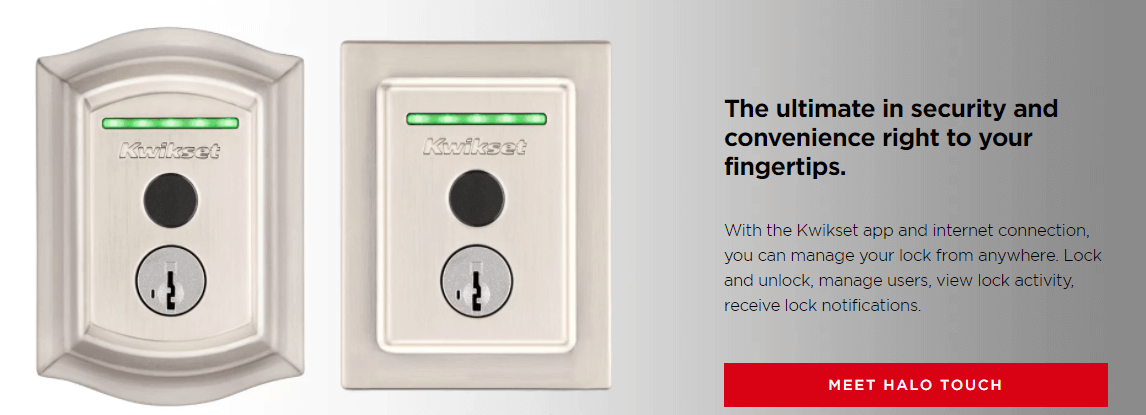
Smart Deadbolt Lock: This type of lock is a more advanced version with many features. With the rise of smart technology, keyless locks that connect to your home network, Wi-Fi, or other smart home technologies are now available. These allow you to use your smartphone for easy programming and access anywhere worldwide!
For example, Yale Next, Kwikset Halo, Schlage Sense, Schlage Encode, and Schlage Connect Deadbolt locks are the most common smart Deadbolt lock models.
Rim Deadbolt
A rim deadbolt lock is a type of lock that is installed on the inside surface of a door, typically near the doorknob. This type of deadbolt lock has been used since before keys were invented and continues to be used today as it works well with all types/sizes of doors (lightweight or heavy).
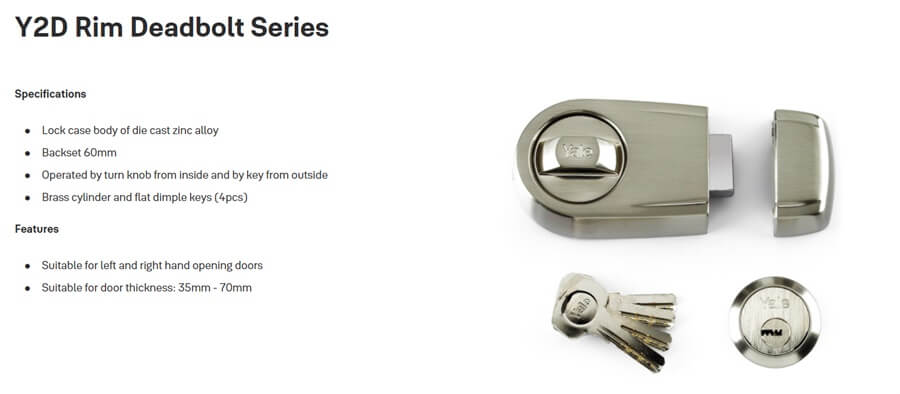
A rim cylinder deadbolt is the same as it sounds—a locking mechanism that fits into the strike plate on your doorframe. These are slightly less secure than mortise locks because they don’t require matching housing on both sides of the door, but they’re significantly cheaper and easier to install.
Mortise Deadbolts
A mortise deadbolt lock is a very strong and secure type that can be used for exterior and interior doors.
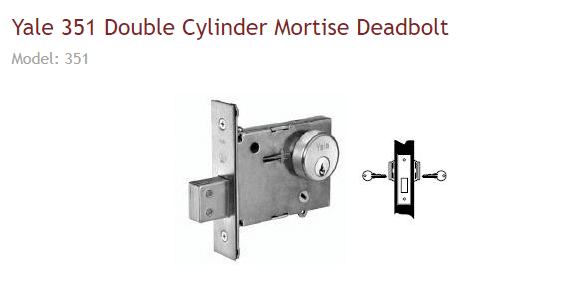
Mortise Deadbolts are built with a metal body that houses both a deadbolt and latch lock, making them difficult to force open by hand (and harder for people without keys). They’re more expensive than rim cylinders and require special installation techniques, but they offer greater protection against forced entry and tampering attempts by intruders.
Ten most trusted deadbolt lock brands
If you’re looking for a new deadbolt lock or are unsure which brand is best for your home, consider these ten brands homeowners trust the most.
- Schlage: Schlage is one of the market’s most trusted deadbolt lock brands. It’s been around since 1909 and has been making high-quality locks for homes and businesses for over 100 years. Schlage Deadbolt locks are durable, reliable, and easy to use.
- Kwikset: Kwikset is another well-known manufacturer of deadbolts. It offers a wide range of options, from standard models to ones with keypad entries or fingerprint readers built into them and smart locks that connect via Bluetooth or Wi-Fi through an app on your phone.
- Yale – This is the most trusted brand in America regarding locks and security systems. The Yale deadbolt lock has a good reputation and is often found in many houses. The best part about the Yale deadbolt lock is that it allows you to control access to your home with a keyless entry system, so you don’t have to worry about losing or stealing keys.
- August – Another innovative company, August, has created a smart lock that opens automatically with your phone! You can use August lock as an app-controlled door lock so that anytime you’re not around, your front door will be locked automatically, which is super convenient if you don’t want to carry around all those keys anymore!
- Weiser – This company makes high-quality deadbolts for securing your home or business premises against intruders. Weiser deadbolts use advanced technology such as TouchLock fingerprint scanning technology that lets you unlock the door with just one touch of your finger instead of using a key (or combination) every time!
- Defiant. This company has been designing security products like deadbolt locks and has built its reputation on creating high-quality security products that are stylish and easy to use. Defiant deadbolt locks are available in a variety of styles and finishes.
- SimpliSafe: A great choice for homeowners who want a simple but functional solution with professional support always available! Simplisafe smart deadbolt locks are known for being easy to install and affordable compared to other options on this list.
- Hornbill: Hornbill makes high-quality locking systems for high-traffic areas such as offices or schools. You can choose from many locking mechanisms, including keyless entry and fingerprint Hornbill smart locks!
- Emtek: Emtek offers many products, including lever handles, mortise locks, and deadbolts. The Emtek deadbolt lock uses high-quality materials like brass and stainless steel to make its locks. Emtek lock has an easy-to-install keyless deadbolt that works with almost any existing handle set.
- Alfred: The Alfred deadbolt lock is another great option for those looking for something less expensive but still reliable and durable. The company offers many deadbolts, from simple devices to complex electronic locking systems that can interface with smart devices such as smartphones or tablets.
Deadbolt vs. Mortise Lock
Deadbolts and mortise locks are two types of door locks.
For more information about Deadbolt locks vs. Mortise locks, please check this article to know more about them: Mortise Lock vs. Cylindrical Lock: What’s the Key Difference and How to Choose?
How to choose a good deadbolt lock?
We know you’re probably wondering, “How do I pick the best deadbolt lock for my home?”
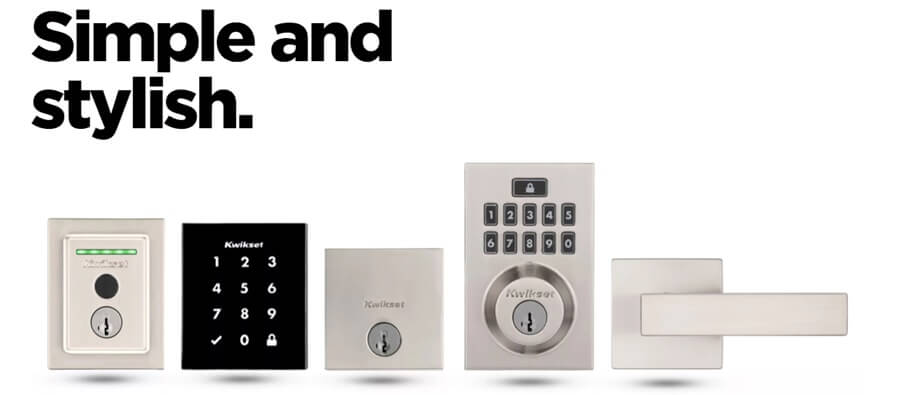
While this is a good thing to look for in any lock, other things should be considered when finding the best deadbolt locks available today. Here are some things that should help guide your search:
- Resistant to kick-ins or brute force: When choosing a deadbolt lock, you want to ensure it’s resistant to it. This is for obvious reasons: if your lock can be easily opened by someone who doesn’t have the key, you risk having your home invaded at any moment.
- Look for a lock with key control. This means the key can be removed from its position in the lock. If it can’t be removed (for example, built into the knob), there’s no way to enter without damaging the door or breaking through your window. This could be an issue if you lose your keys.
- Seek out saw resistance. A good deadbolt has teeth on its interior side, which make it extremely difficult to cut through with a hacksaw or other power tools—but not impossible! As far as saw resistance goes, this is important for protecting against break-ins and other intrusions. With enough force on an ordinary door lock or deadbolt, it will eventually give way and allow entry into your home.
- The case of the deadbolt. If a burglar breaks through your door and uses a crowbar or other tool to remove your lock from its casing, they can take it with them without much trouble. A hardened steel case will be more resistant to this attack than other materials, such as brass or aluminum.
- Consider a double-cylinder lock for maximum security. A single-cylinder lock is easier for burglars to pick open using tools like bump keys or credit cards! Double cylinders are much harder because they require both key pins to work properly—which means they won’t work if only one pin is inserted incorrectly into either keyway hole (or “bit”).
- Budget-friendly – Most people will agree that they don’t want their security investments to cost them an arm and a leg. They don’t need fancy features like fingerprint scanners or keypads; they want something durable and reliable without spending too much money on it in the first place!
- Compatibility With Other Locks: When shopping for a deadbolt lock, it’s important to consider how well the new lock will work with your existing locks. However, if you decide to keep your current standard keyed lock intact and add a new deadbolt lock, you must ensure they are compatible.
- Lock Grade: recommend a deadbolt lock at least ANSI Grade 2 or Grade 1; avoid Grade 3 or non-rated deadbolts for exterior doors.
- Easy Installation: Look for products with simple instructions, saving you time and effort during Installation. It’s also important to ensure no compatibility issues when combining two types of locks (for example, an electronic keypad lock and a physical key).
- Security Features: Some locks have features designed for increased security, such as a keypad that can be turned off with a secret code or biometric fingerprint scanner.
- The lock’s lifespan: Some deadbolts must be replaced after just a few years, while others can last up to 20 years without any issues. Price: Your new deadbolt lock may vary depending on its quality and features.
Conclusion
Deadbolts are a great way to add security to your home and protect against unwanted intruders. Any good deadbolt will have a pick-resistant lock that is difficult for attackers to break into, but there are some things you should consider when choosing the right one for your home.


